Breaking News and Information - March 2019
- May 2, 2019
- / Dr. Peter Breggin
- / newsflash

Current News
Part 6: Torturing Patients
Ambushed by Antidepressants for 30 Years
|
The Dr. Peter Breggin Hour – 03.27.19
Denying the Neuroscience of Sex Differences
The share of Americans not having sex has reached a record high
|
Can What We Eat Affect How We Feel?
Association of air pollution exposure with psychotic experiences during adolescence
How to get in a good mood in just 12 minutes
Can mindfulness help stressed teachers stay in the classroom?
|
|
|
British psychiatrist Joanna Moncrieff on The Dr. Peter Breggin Hour
Study: Older Men With High Levels Of Sex Hormones Less Religious
Study: Parents, toddlers interact more when reading print books vs. e-books
A New Study Blows Up Old Ideas About Girls and Boys
|
|
Empathic Therapy Training Film - A Psychotherapy Training DVD |
Open Mic Today on The Dr. Peter Breggin Hour, March 27, 2019
New study suggests meditating on emptiness might be better than mindfulness
Trigger Warnings 'Not Helpful,' Study Author Says
Mental Health Issues Increasing Among Young Americans
Why Do People Lie? The Truth about Dishonesty
Social Anxiety Disorder Ups Alcohol Use Disorder Risk
|
|
|
★ CBT Beneficial for Reducing Risk of Relapse in First Episode Schizophrenia
★ The abstract from the study itself may be easier to read:
Colorado study underlines dangers of edible marijuana
Nearly half of anxiety patients prefer medical marijuana to benzodiazepines
Stimulation Device for MDD Cleared for Much Shorter Treatment Session
A religious upbringing greatly helps adolescents
|
Is time-out damaging your child?
8 Natural Ways to Control Pain
Teens Who Prefer Their Own Company May Be on to Something
Parents and Toddlers Interact More When Reading Paper Books vs E-Books.
|
|
|
We Are All One: Our obsession with human difference is out of step with scientific evidence on universals that connect us
Physical Exercise Can Lower, Even Prevent, Depression
Can "Blue Space" Provide Therapeutic Benefits?
★ Rethinking P-Values: Is "Statistical Significance" Useless?
Ian's comments: The publishing journal, The American Statistician, is a journal of the American Statistical Association. So its remarkable editorial conclusion to abandon the 'statistical significance' criterion cannot be taken lightly. This revolutionary position has been building at the ASA for some years (see for example ASA 2016 and Greenland et al 2016) and here and now is brought to full fruition and backed up by a 40+ paper case against reliance on the p < 0.05 standard, that has been foundational to modern science theory and method. This disruptive opinion also cannot be disregarded as being related to the 'soft sciences' (from which opinions against the statistical-significance criterion first gained notoriety, opinion which was highlighted by critics to belittle social sciences as inherently at odds with the rigorous methodologies of science, ha!) because this opinion comes from none other than the top of the field of statistics itself, the very disciple in which 'statistical significance' resides. Opioids have killed as many Americans as WWII, but cable news won't talk about it.
Infection during pregnancy correlated with autism or depression for baby
|
|
|
Study: Trigger Warnings are basically useless, even if you’ve been through trauma
Why are Americans getting gloomier?
High-fructose corn syrup boosts intestinal tumor growth in mice
Delusions may stem from 'sticky' beliefs, study finds
Depression in 20s linked to memory loss in 50s, psychologists find
|
As time online increased, teen happiness went down
Study: Reading a book can help extend your life, increase overall happiness
Economic growth does not guarantee rising happiness
Everything You Need to Know About the Science of Happiness
|
|
|
Dr. Breggin: “Page Not Found” Ends Up “Telling All” About Psychiatry
Even low levels of leisure time physical activity lowers risk of death
People don't become 'adults' until their 30s, say scientists
Daily use of high potency marijuana linked to higher rates of psychosis, study finds
How exercise can help boost happiness
|
|
Medication Madness - The Role of Psychiatric Drugs in Cases of Violence, Suicide and Crime |
People are happier in more beautiful surroundings, study confirms
Why many Americans are turning to Buddhism - it helps with mental-health problems
One of the Most Effective Treatments for Obsessive-Compulsive Disorder: Part 1/2
More Teens, Kids Seeking Mental Health Care in ERs
|
|
Reclaiming Our Children - A Healing Plan for a Nation in Crisis, by Peter Breggin, MD |
Dr. Breggin Interview
Nutritional psychiatry: can you eat yourself happier?
Study finds 12 weeks of yoga reduces body-image dissatisfaction in women
|
|
|
Smartphone mindfulness app may help curb loneliness
Psychiatric Torture and the Unspeakable Suffering It Causes
Your Environment Is Cleaner. Your Immune System Has Never Been So Unprepared.
Robert Whitaker - Scientific Censorship in Psychiatry - March 9, 2019
Mental Health Concerns Not “Brain Disorders,” Say Researchers
Video: Social media linked to rise in mental health disorders in teens, survey finds
|
|
|
★ Why Our Understanding of Mental Health Is Transforming
Depression and suicide rising among young Americans. This may be a reason why
Negative Emotions May Make Us Trust Less
Chronic Rhinosinusitis Associated With Risk for Depression and Anxiety
|
|
Empathic Therapy Training Film - A Psychotherapy Training DVD |
Dr. Breggin on the Unnecessarily Stressful Lives of Our Children Cancer death rate higher for patients with mental health history
Video: FDA medical adviser: 'Congress is owned by pharma'
Study: losing sleep might make us worse citizens
Infant Regulatory Problems Increase Risk for Mental Health Difficulties in Childhood
|
Psychologist's critique: What’s Under the Hood of APA’s Guidelines for Boys and Men Pharma Company Behind Controversial Drug Facing DOJ Probe
New British Study Points to Efficacy of Mindfulness Training among Medical Students
IU School of Medicine researchers discover groundbreaking test for post-traumatic stress disorder
|
|
|
Dr. Breggin on Active Shooters Trained by Video Games Not Loving Dads What's the Problem with "Traditional Masculinity"?
Depression, Antidepressants, and Atrial Fibrillation: What Do We Know?
Popular Spice Rivals Stimulant for ADHD
The study: The spice Saffron versus Ritalin in treatment of children with ADHD
Lawsuit says Johnson & Johnson was opioid "kingpin"
|
|
|
Dr. Breggin on How People End Up on Psych Drugs Study suggests humor could be an emotion regulation strategy for depression
Dangers of Antidepressants: My Personal Struggle with Conventional Medicine
Researchers Make the Case to Rename Schizophrenia
|
|
|
Video: We Shut Down State Mental Hospitals. Some Want to Bring Them Back.
|
|
|
Dr. Breggin on the APA and AMA Risk of Depression Higher for Women Working More Than 55 Hours a Week
Daylight saving time: Health risks and how to adjust to losing an hour of sleep
Neuroscientist Researching Brain Chips To Make People Superintelligent
New evidence bolsters link between sleep apnea and Alzheimer's disease
Belief in a god capable of punishment helped human cooperation evolve
|
|
|
Dr. Breggin on Big Pharm's Control of Drug Studies Ireland: Prescription drugs implicated in most deaths by overdose
What you need to know before quitting antidepressants
Green spaces may increase happiness, help you trust strangers: Study
5 situations where meditation helps & how to do brief meditations in everyday life.
|
Dr. Breggin on Negative Influences on Children Religious People Drink Less Than Those With No Religious Affiliation
Doctors reveal the best way to come off antidepressants and reduce withdrawal symptoms
Which Misused Prescription Meds Send Americans to the ER?
Effects of melatonin in children with ADHD and sleep disorders after Ritalin
|
Dr. Breggin on a Review of Active Shooters on Psych Drugs Study: Plant-based, vegan diets reduce depression symptoms
FDA approves Johnson & Johnson’s ketamine-derived drug for treatment-resistant depression
Alert 88: What To Say When Debating ECT?
|
|
|
Dr. Breggin on His Expert Testimony Against Eli Lilly's Prozac Why We Should Think of Exercise as Its Own Reward
Another potential side effect to the pill: making it harder for women to read certain emotions
Study shows that trauma of war increases religious belief
|
Dr. Breggin on Psychiatric Drug Warning Labels “Let’s Not Go Overboard About ECT”
How the Mental Health Industry Exploits Schoolchildren
We get happier as we get older, but it comes at a cost
Moving the body, boosting the mind: running your way to better mental health
|
|
|
Anti-depressants cause mania in 25% of bipolar patients, study says
Dr. Breggin on Prozac and Direct-to-Consumer Advertising 5 Ways Mindfulness Helps Treat Addiction
Flam: Is taking Ketamine worth the risk?
How Mindfulness Meditation Can Make You A Better Parent
|
|
|
The Dr. Peter Breggin Hour, Feb, 27 - Last Wednesday of the Month, Listener Call In
Your Brain on Spiritual Experiences
Study examines how sensitivity to emotions changes across the lifespan
Global Trend: Mindfulness in Schools
|
The Minds of Men Interview Part 5: Fate Stops Psychosurgeon From Mutilating More Victims
Background Music Blunts Creativity, Says New Study
Psychiatry: Case notes may 'justify' or prevent involuntary commitment
Here’s how to use your salary to buy happiness
|

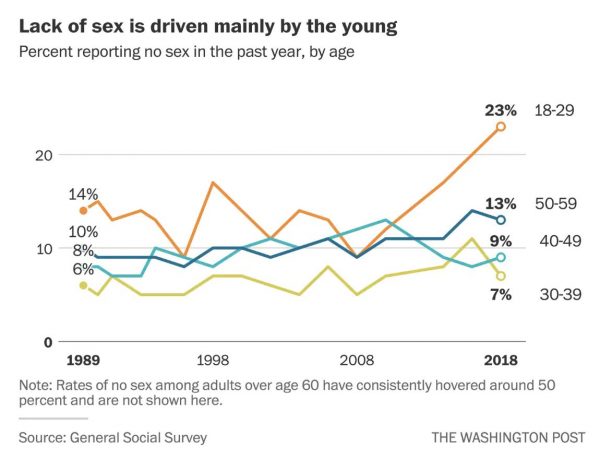
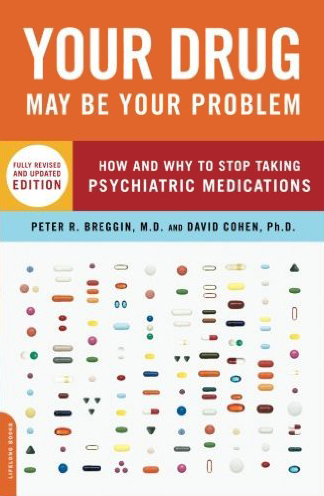

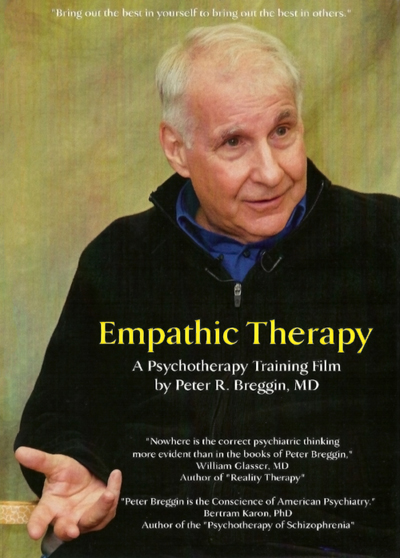


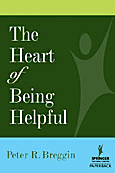


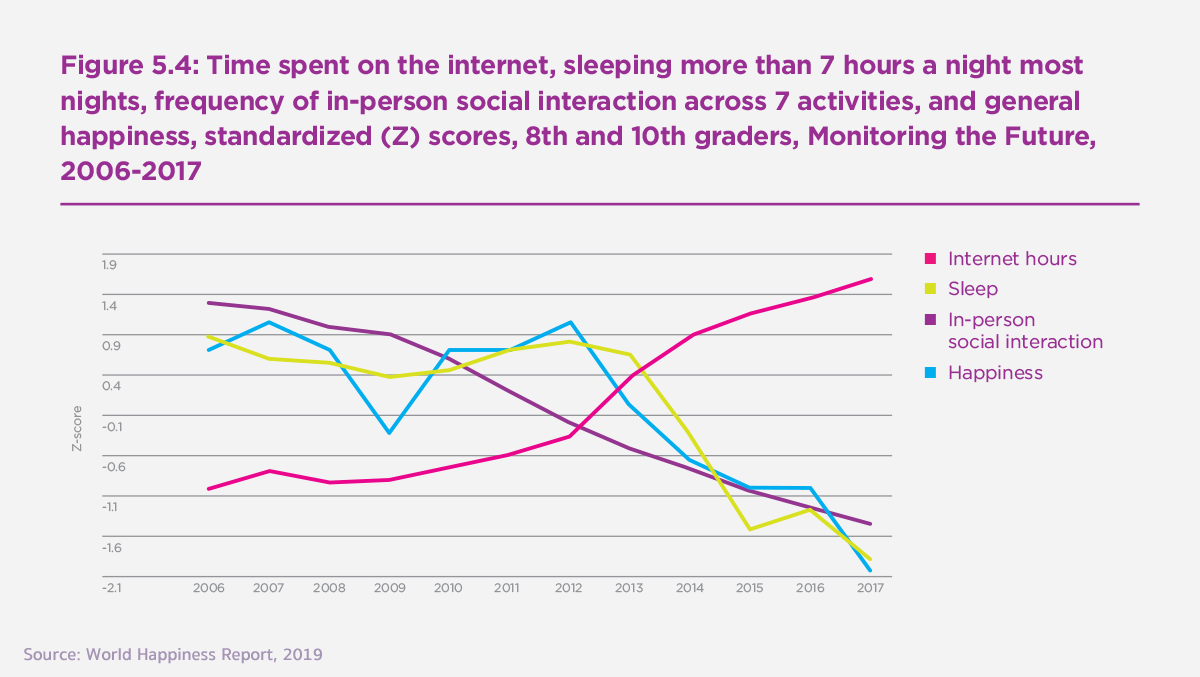

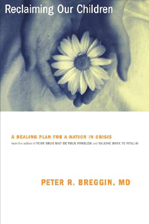


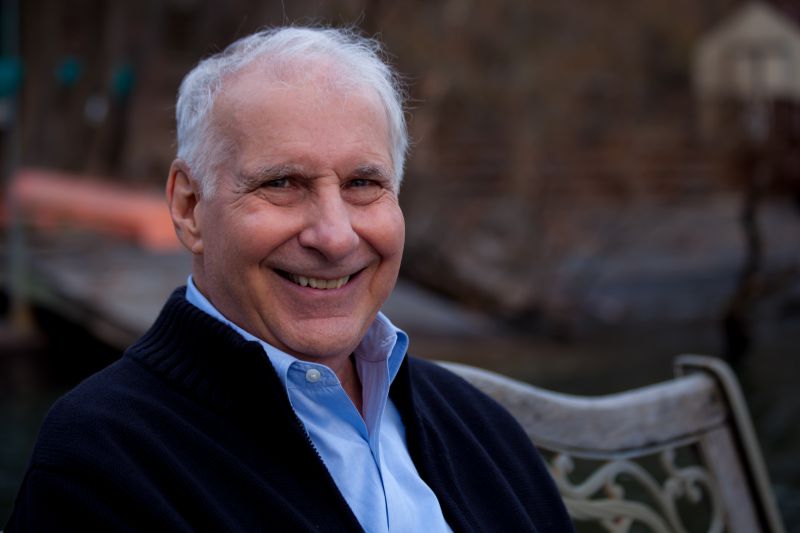 Psychiatric Reform Accomplishments
Psychiatric Reform Accomplishments